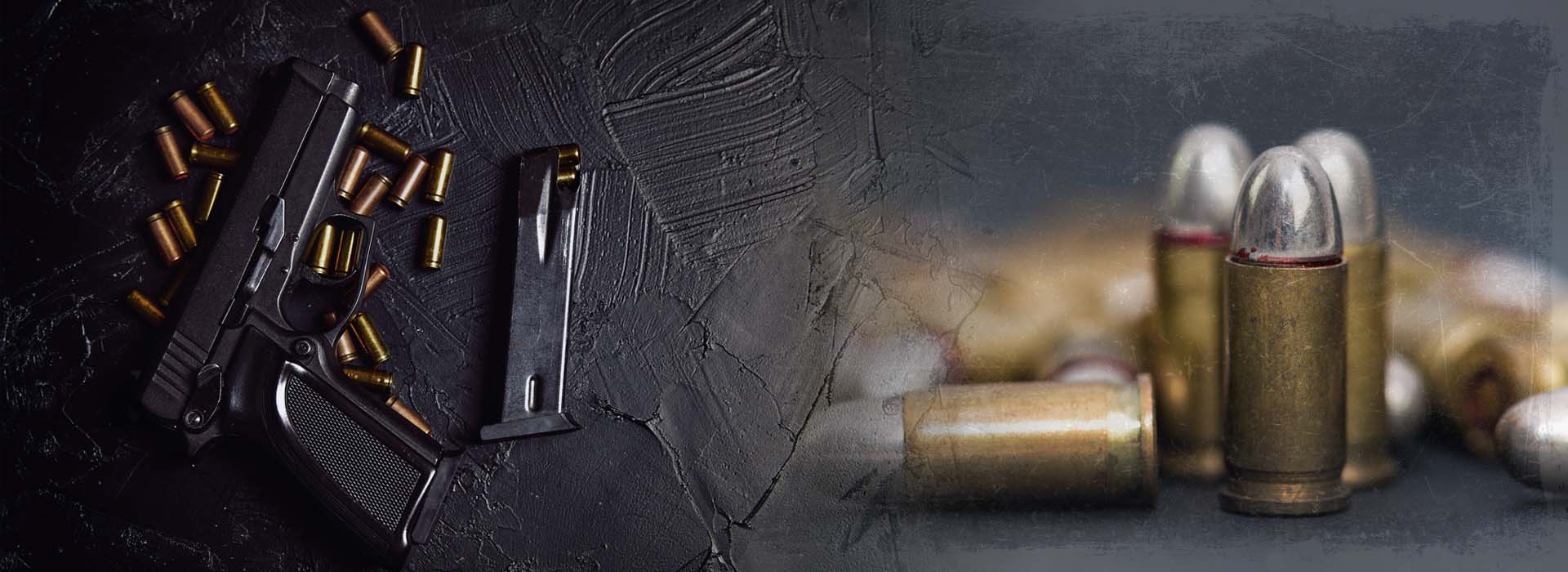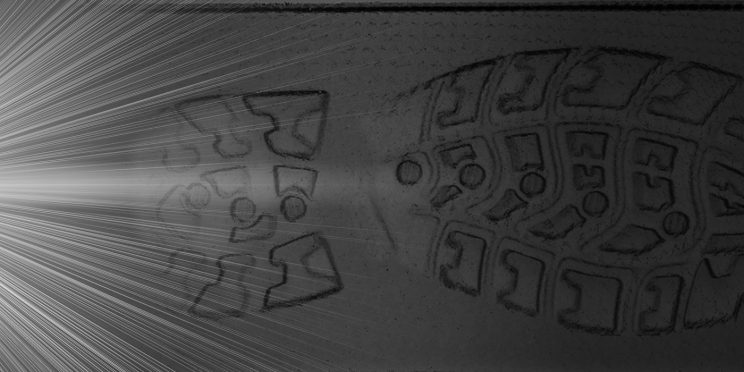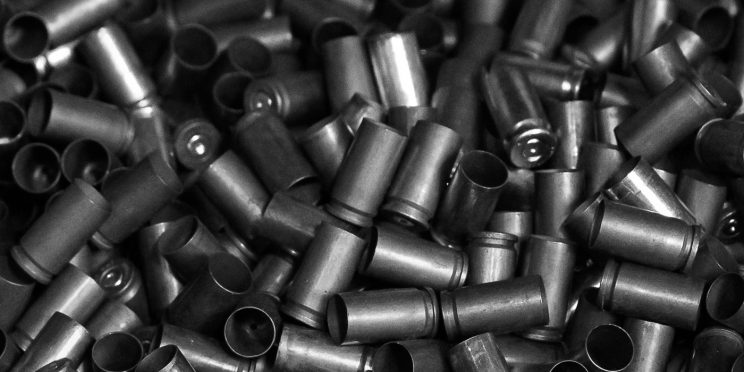← Back to Firearm and Toolmarks Webinar Series
This webinar originally occurred on December 9, 2021
Duration: 1 hour
Overview
Subclass characteristics are caused by damage, defects, and/or wear on a cutting tool that transfers to a small group of consecutively manufactured surfaces, but not all surfaces made by that tool. They are more distinctive than class characteristics, but unlike individual characteristics, they cannot be used to identify a cartridge case as having been fired by a particular firearm. Firearm examiners can mistake these subclass characteristics as individual characteristics, which can lead to a false identification.
The objectives of this study are to assess the production of subclass characteristics during the manufacturing of breech faces by three different methods, observe how well subclass characteristics persist on manufactured breech faces with and without any finishing methods, and observe the effect of the primer on the quality/quantity of the breech face impression. The class, subclass, and individual marks are transferred to a cartridge case through the breech face impression upon discharge. We propose subclass characteristics are also produced when breech faces are manufactured with a broach, lathe, or endmill.
Thirty breech faces manufactured by a broach, lathe, and endmill (ten breech faces per manufacturing method) were consecutively manufactured for a Thompson Center (T/C®) Contender® G2 pistol. This pistol was chosen due to its interchangeable breech face capability. Prior to use in the pistol, the surface topography of each breech face was scanned using a Sensofar® S neox confocal microscope. Ten test fires per each breech face were then collected and scanned using the confocal microscope. Once the 3D scans were collected, NIST’s congruent matching cells (CMC) algorithm was used to compare all test fires and assess the effect of subclass characteristics on CMC comparison performance.
Manufacturing processes, like a broach, are used to cut a large amount of material while finishing methods, like vibrational tumbling and bead blasting, cut smaller amounts of material and produce the final surface of a tool. Five breech faces from each manufacturing method were finished using vibrational tumbling in abrasive media. The other five breech faces were finished by bead blasting. The topography of the breech faces was collected, then ten more test fires were collected and scanned for CMC comparison for each breech face. The test fires from the finished breech faces were compared to the test fires from the unfinished breech faces to assess if the subclass characteristics persisted after the selected finishing method was completed.
Although these methods of production are very similar to those used in a firearm manufacturing factory, they are not identical. However, these breech faces will provide insight to firearm examiners regarding the identification of subclass characteristics and the features to consider when completing comparisons.
Detailed Learning Objectives
- Attendees will learn how subclass characteristics are produced when breech faces are manufactured using a broach, lathe, and endmill.
- Attendees will learn the extent to which subclass characteristics persist on manufactured breech faces with and without any finishing methods.
- Attendees will learn the effect of the primer on the quality/quantity of the breech face impression.
Presenter
- Veronica Franklin, M.S. | Ph.D. Student at West Virginia University
Funding for this Forensic Technology Center of Excellence webinar has been provided by the National Institute of Justice, Office of Justice Programs, U.S. Department of Justice.
The opinions, findings, and conclusions or recommendations expressed in this webinar are those of the presenter(s) and do not necessarily reflect those of the U.S. Department of Justice.
Contact us at ForensicCOE@rti.org with any questions and subscribe to our newsletter for notifications.




